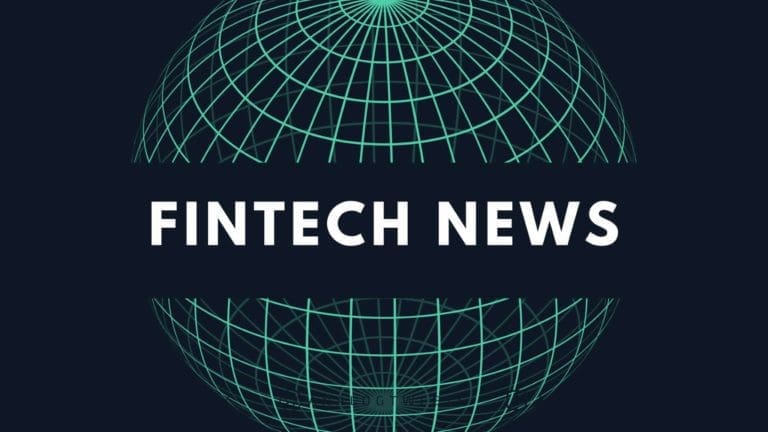Banking news dominated the week again with First Republic, as expected, being seized by the FDIC and then sold to JPMorgan. This caused investor jitters about other regional banks and the FDIC has recommended some changes to its insurance program. We also heard from Apple’s new savings account and an optimistic report about the future of fintech. Here are what I consider to be the top 10 fintech news stories of the week.
First Republic Bank Is Seized, Sold to JPMorgan in Second-Largest U.S. Bank Failure from The Wall Street Journal – In the early hours of Monday morning this week, JPMorgan swooped in to acquire most of the assets of First Republic Bank. JPM gets all $92 billion in deposits, $173 billion in loans, and $30 billion in securities and other assets. And so the country’s biggest bank gets even bigger.
PacWest stock plunges as US regional banking woes worsen from Reuters – It seemed for a while this week that the banking crisis was definitely not over with PacWest and Western Alliance Bank both plunging in value. But then we had Friday’s rally where PacWest had its biggest gain ever, so who knows? Volatility is here, that’s for sure.
F.D.I.C. Proposes Broadening Bank Insurance for Businesses from The New York Times – This week the FDIC recommended that Congress consider expanding insurance on bank deposits to prevent future bank runs. It could offer more protections for business accounts, particularly those that are used for payroll, or could expand the limit for all accounts beyond $250,000.
Apple’s New Savings Account Draws Nearly $1 Billion In Deposits In First Four Days from Forbes – We found out this week how successful the new Apple Savings account was in its first few days. The company attracted around $990 million in deposits over the first four days across 240,000 accounts, which is roughly $4,125 per account. Of course, the money is not held at Apple but at their bank partner, Goldman Sachs.
Fintech may be a $1.5 trillion industry by 2030 from Fintech Nexus – Leading fintech venture capital firm, QED Investors, and Boston Consulting Group released a report this week on the future of the fintech market globally. In North America fintech revenue should grow 4x to $520 billion annually by 2030, the Asia Pacific region will grow 8.5x to $600 billion by 2030 becoming the largest region in the world.
New Venmo feature lets users transfer crypto to outside wallets—and to each other from Fortune – Put this in the category of: really, they didn’t have that already? While PayPal has had crypto trading for some time it has just rolled out to Venmo users this week. Four cryptocurrencies are available today: Bitcoin, Ethereum, Litecoin and Bitcoin Cash.
Coming out of crypto’s regulatory ‘dark age’ from Fintech Nexus – Our intrepid reporter, Isabelle Castro was at the crypto event, Consensus, a few days ago and she writes that the mood was quite positive despite the headwinds. But nearly everyone agrees that the industry’s biggest challenge right now is regulation and the lack of clarity coming from Washington.
Crypto Exchange Coinbase Posts Loss, but Beats Expectations from The Wall Street Journal – Coinbase reported quarterly earnings this week and the leading crypto exchange posted a fifth consecutive quarterly loss but the $79 million loss was significantly better than analysts had expected. Revenue was down 37% from a year ago to $736 million.
Jack Dorsey’s Cash App Posts $2.16B in Bitcoin Revenue for Q1 2023 from Decrypt – Also reporting earnings this week was Block where they revealed a strong quarter for Bitcoin revenue. The $2.16 billion in Bitcoin revenue resulted in $50 million in gross profit, up 16% year over year.
Greenwood acquires fellow neobank Kinly from Finextra – The digital banking startup for black and Latino customers has acquired fellow neobank Kinly. This brings the two largest Black-focused neobanks together with a combined 1.3 million customers.
Every Thursday at 5pm ET the Fintech Nexus news team and a special guest discuss the news of the week in fintech. Below is the video we posted to YouTube of this week’s show. You can also listen to the show in podcast format.


